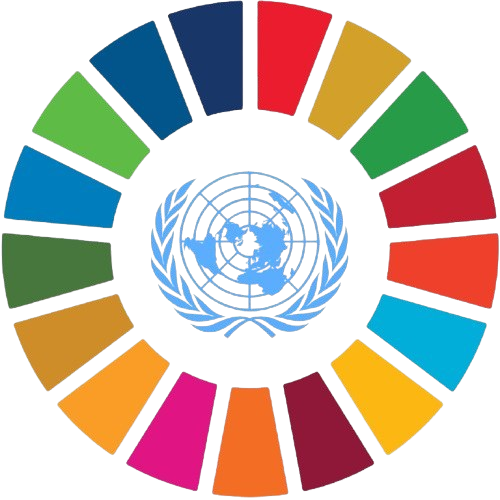

Sustainable Development Goal 11 (SDG 11) is dedicated to making cities and human settlements inclusive, safe, resilient, and sustainable. With over 55% of the global population currently living in urban areas, and an expected rise to 68% by 2050, sustainable urban planning is crucial to ensure a high quality of life. As cities expand, they face challenges such as overpopulation, inadequate housing, pollution, inefficient transport systems, and vulnerability to natural disasters. SDG 11 aims to tackle these issues through improved urban planning, infrastructure development, waste management, and climate adaptation strategies. By creating sustainable cities, we can enhance economic growth, social well-being, and environmental protection. This page explores the challenges, solutions, and success stories related to SDG 11 and how we can work together to build a sustainable future.
Cities are the economic engines of the world, generating nearly 80% of global GDP. However, urbanization comes with both opportunities and challenges.
SDG 11 aims to create sustainable, resilient, and inclusive cities. By focusing on affordable housing, green transport, waste management, and climate resilience, we can build better urban environments for future generations.
Governments, businesses, and individuals must work together to make cities more livable, sustainable, and environmentally friendly. The future of urban living depends on the actions we take today! 🌎✨